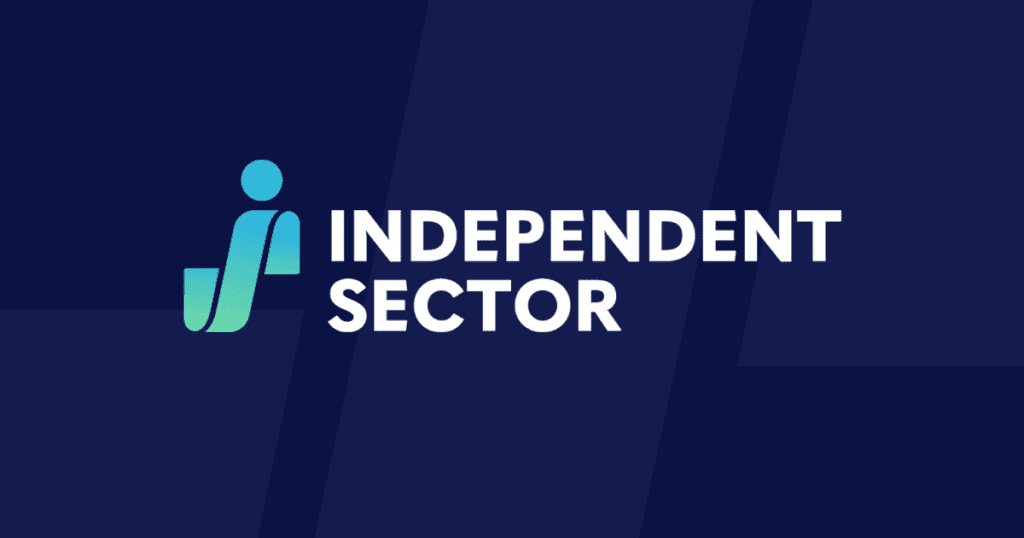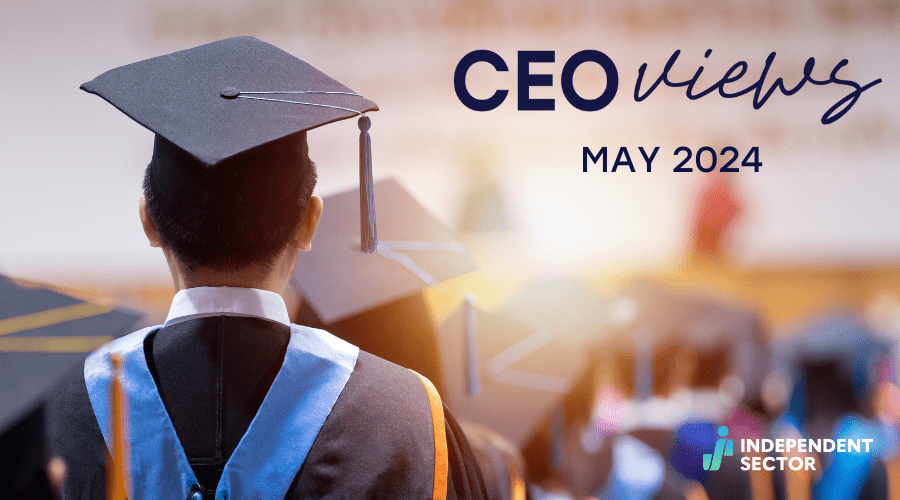Compelling stories and powerful programs were lifted up at last week’s White House launch of a new partnership by and for Native youth. The partners, Native Americans in Philanthropy, and the Obama Administration’s Generation Indigenous (Gen-I) initiative, and a host of speakers, led the way toward a deeper engagement with the Native American community.
Gen-I seeks to dismantle barriers between young Native people and opportunity, whatever those barriers might be. Noah Blue Elk Hotchkiss, a young man who uses a wheelchair, told all assembled that the biggest barrier is not poverty but “the poverty of dreams.” He has dreams, and practical plans as well, for bringing better adaptive sports to Native people with disabilities.
Gen-I results to date are notable: increased recruitment of American Indian and Alaskan youth for the Federal Emergency Management Agency’s training program; a tribal maternal, infant, and early childhood home visiting program; a national intertribal youth summit; and a Department of Education/White House initiative on American Indian and Alaska Native education.
A number of organizations were spotlighted for their success in tackling gaps and disparities, tapping community assets, and directly impacting Native youth with regard to connectivity, health, juvenile justice, resiliency, and leadership development.
Proven strategies and innovative approaches were the order of the day, with energizing speakers ranging from Megan Smith, U.S. Chief Technology Officer who led a “vision conversation,” to Brandon Yellow Bird Stevens, Oneida Tribe of Wisconsin Councilman and advisory board member of My Brother’s Keeper Alliance. MBK had a strong story to share, with 23 tribes having signed on to the MBK Community Challenge’s concrete goals for children and youth:
- All children enter school cognitively, physically, socially, and emotionally ready
- All children read at grade level by third grade
- All youth graduate from high school
- All youth complete post-secondary education or training
- All youth out of school are employed
- All youth remain safe from violent crime.
Very much complementing this vision was Native Americans in Philanthropy’s new Lifespan framework, which was presented by indigenous scholars knowledgeable about Native child and youth development. Their insights into the strengths of the indigenous view of the world as well as the risks and drawbacks for Native youth today, provided a jumping off point for action by government as well as our nonprofit and philanthropic community.
The event was a wonderful opportunity to meet new people and see members and partners like the Arcus Foundation, Native Americans in Philanthropy, the W. K. Kellogg Foundation, and the Forum of Regional Associations of Grantmakers. We look forward to finding out how IS can partner on this important issue in the days ahead.



